Direct payments for agriculture only for environment friendly farmers
Adelina Marini, July 6, 2011
 The European Commission has chosen version two for the reform of the Common Agriculture Policy (CAP), which is oriented toward economic, ecological and social challenges for the EU, as well as to the contribution of agriculture for achieving the goals of the 10-year long economic strategy Europe 2020. This version is stipulated in the Commission's proposal for the next Multiannual Financial Framework (MFF) 2014-2020. It was the 10-year economic strategy of the EU that has outweighed the others when choosing the best way to reform the oldest common policy (agriculture), because the proposal itself for the next 7-year budget is entirely conformed with the goals of Europe 2020.
The European Commission has chosen version two for the reform of the Common Agriculture Policy (CAP), which is oriented toward economic, ecological and social challenges for the EU, as well as to the contribution of agriculture for achieving the goals of the 10-year long economic strategy Europe 2020. This version is stipulated in the Commission's proposal for the next Multiannual Financial Framework (MFF) 2014-2020. It was the 10-year economic strategy of the EU that has outweighed the others when choosing the best way to reform the oldest common policy (agriculture), because the proposal itself for the next 7-year budget is entirely conformed with the goals of Europe 2020.
There is an explanation why the CAP is woven into the Europe 2020 strategy. "In future, not only will the agriculture budget be used to increase agricultural productivity, ensure a fair standard of living for the agricultural community, stabilise markets, assure the availability of supplies and ensure that they reach the consumer at reasonable prices, but it will also support the sustainable management of natural resources and climate action and support balanced territorial development throughout Europe. The three strands of Europe 2020 – smart, sustainable and inclusive growth – will be woven into the next phase of development of the CAP", the proposal points out.
Food security
From what the Commission proposes as guidelines for CAP's development in the next programming period it becomes clear that practically the very philosophy of the policy is being changed. For example, the funds for food safety are moved from heading I (sustainable growth) in heading III (citizenship, freedom, security and  justice). For this change there was a hint in the programme of the Polish Presidency, which formulated food safety as being part of Europe's common security.
justice). For this change there was a hint in the programme of the Polish Presidency, which formulated food safety as being part of Europe's common security.
Direct payments
 One of the issues which is of great interest for the Bulgarian farmers (and not only) is how will the approach to direct payments change. And here is one of the few but significant novelties in the budget proposal. 30% of direct aid will be provided under conditionality for "greening". This means that all farmers will be obliged to introduce environmentally friendly practices, which will be precisely defined in a legislative proposal and will vary according to the region. So far in the ideas for CAP reform all "green" activities were voluntary, but now they will be obligatory.
One of the issues which is of great interest for the Bulgarian farmers (and not only) is how will the approach to direct payments change. And here is one of the few but significant novelties in the budget proposal. 30% of direct aid will be provided under conditionality for "greening". This means that all farmers will be obliged to introduce environmentally friendly practices, which will be precisely defined in a legislative proposal and will vary according to the region. So far in the ideas for CAP reform all "green" activities were voluntary, but now they will be obligatory.
Convergence of payments
During the programming period (2014-2020) member states with direct  payments below the level of 90% of EU average will "close one third of the gap between their current level and this level", is written in the document. Its author has chosen very sophisticated wording to explain that in the next 7 years the countries whose level of direct payments is below 90% of the average will receive a gradual increase of one third from their current levels. This will be proportionally financed by all member states with direct payments levels over EU average. The same way the distribution of funds for rural areas will be changed on the basis of more objective criteria and better allocation according to policy's objectives. Besides, the Commission responds to the calls and will make a proposal to allow the transfer of funds between the first and the second pillar and vice versa.
payments below the level of 90% of EU average will "close one third of the gap between their current level and this level", is written in the document. Its author has chosen very sophisticated wording to explain that in the next 7 years the countries whose level of direct payments is below 90% of the average will receive a gradual increase of one third from their current levels. This will be proportionally financed by all member states with direct payments levels over EU average. The same way the distribution of funds for rural areas will be changed on the basis of more objective criteria and better allocation according to policy's objectives. Besides, the Commission responds to the calls and will make a proposal to allow the transfer of funds between the first and the second pillar and vice versa.
And another new thing, again related to direct payments - a ceiling will be imposed on larger farmers, as will be taken into account their structure and the employment they generate.
Part of CAP goes in the structural funds
 A big shift for the post-2013 period is envisaged for the European Agricultural Fund for Rural Development (EAFRD). The idea is this fund to be included in the common strategic framework of all structural funds and in the contracts envisaged for all member states. The purpose is to emphasize on the territorial dimension of socio-economic development and the combination of all available funds for one joint contract for a specific project. Thus an opportunity will be given for a more comprehensive approach to stimulate underdeveloped regions. How exactly is this going to happen is still unclear.
A big shift for the post-2013 period is envisaged for the European Agricultural Fund for Rural Development (EAFRD). The idea is this fund to be included in the common strategic framework of all structural funds and in the contracts envisaged for all member states. The purpose is to emphasize on the territorial dimension of socio-economic development and the combination of all available funds for one joint contract for a specific project. Thus an opportunity will be given for a more comprehensive approach to stimulate underdeveloped regions. How exactly is this going to happen is still unclear.
Two new instruments are envisaged too, which will be outside the MFF and it will be available to be used quickly in times of need, as is the case with the Emergency Reserve. An emergency mechanism to react to crisis situations will be created (for  instance a food safety problem) and a new scope for the European Globalisation Fund.
instance a food safety problem) and a new scope for the European Globalisation Fund.
The numbers
The big news in the proposal for the new MFF is that CAP's share in terms of the overall budget has dropped. If in the current MFF (2007-2013) CAP has a share of a little over 40%, now its share drops below 40% (36%). For the first pillar (direct payments) the Commission proposes the allocation of 281.8bn euros and 89.9bn euro for the second pillar (rural areas), for the entire period from 2014 to 2020.
Separately from these funds, additional 15.2bn euros is envisaged for research on food safety, bio-economy and sustainable farming; for food security (which is being transferred to heading III of the budget) and more in support of the most deprived persons in the EU, for the new crises reserve in the farming sector and for the European Globalisation Fund. The total amount of the MFF in commitments is 1,025bn euros and 972bn euros in payments.
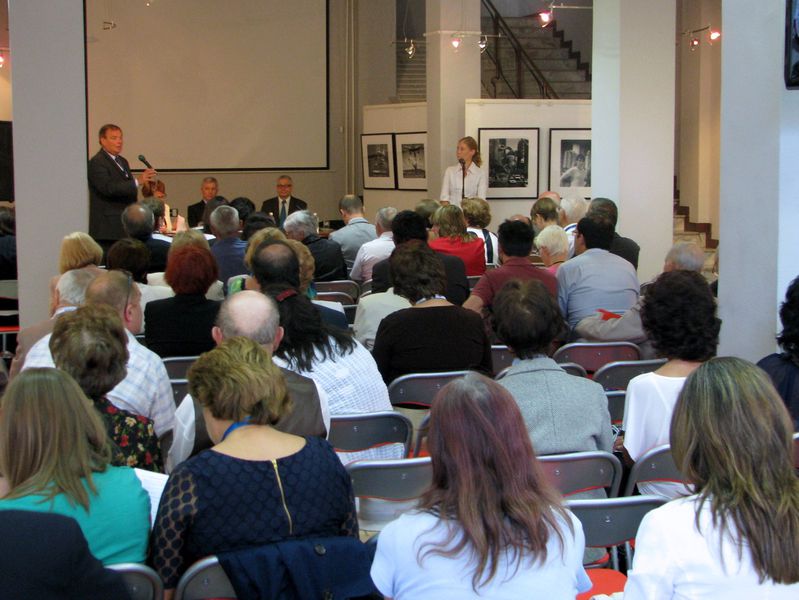 | © Polish Embassy in Sofia
| © Polish Embassy in Sofia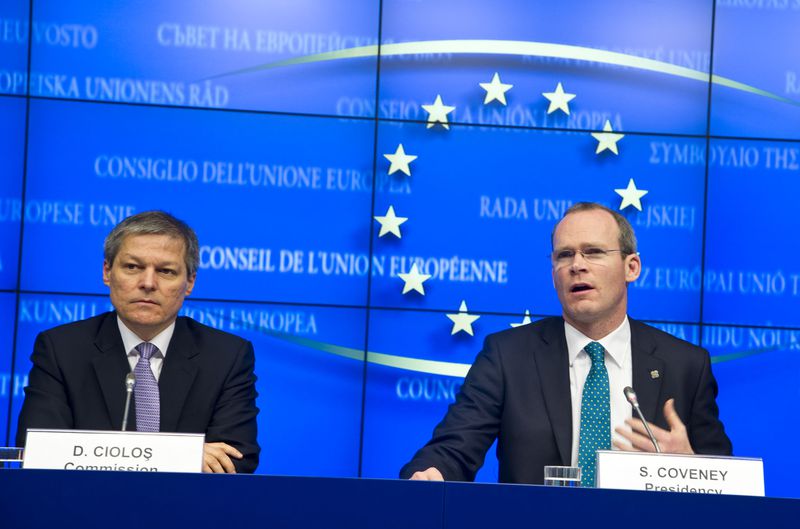 | © Council of the EU
| © Council of the EU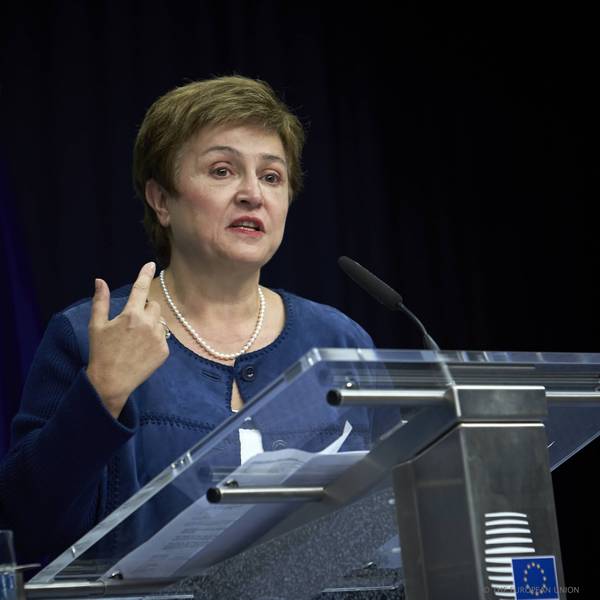 Kristalina Georgieva | © Council of the EU
Kristalina Georgieva | © Council of the EU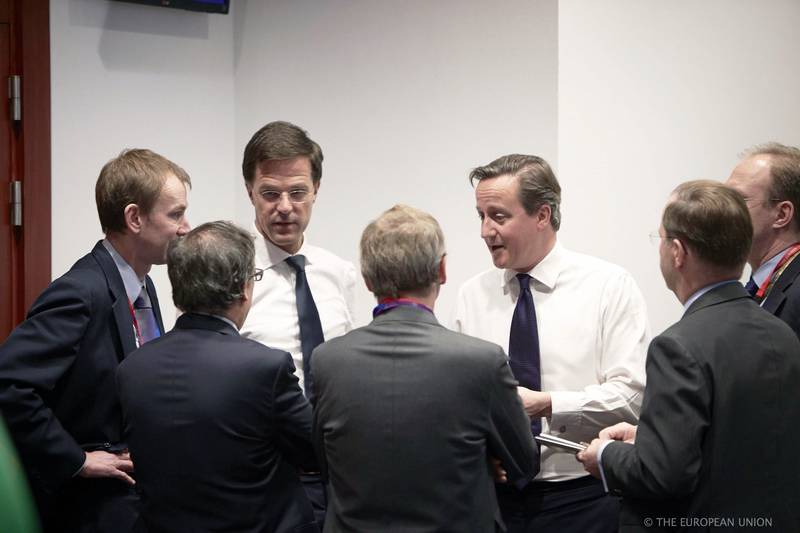 Mark Rutte, David Cameron | © Council of the EU
Mark Rutte, David Cameron | © Council of the EU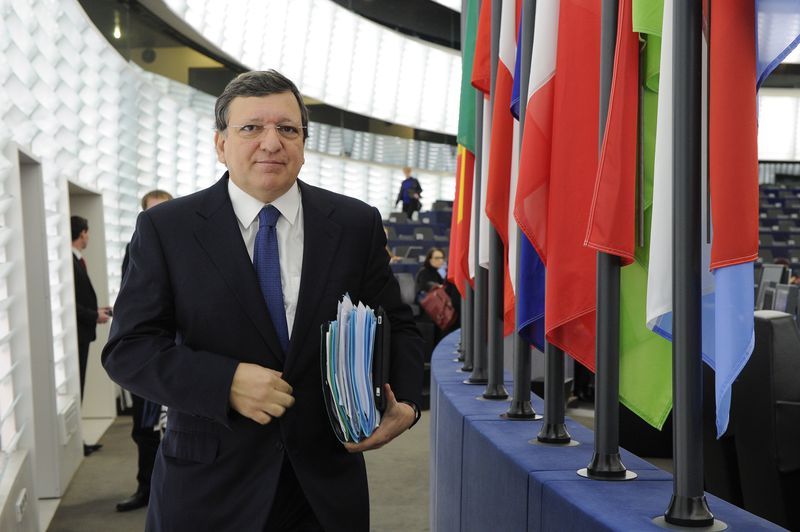 | © European Parliament
| © European Parliament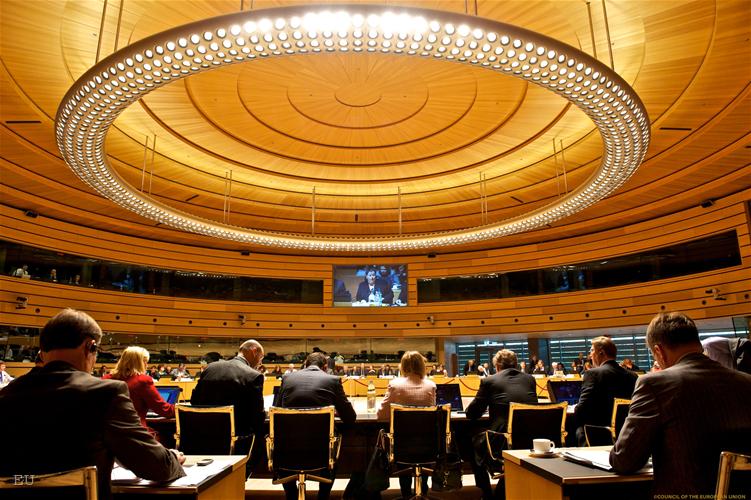 | © EU
| © EU